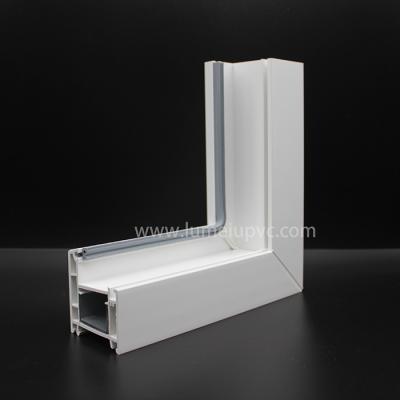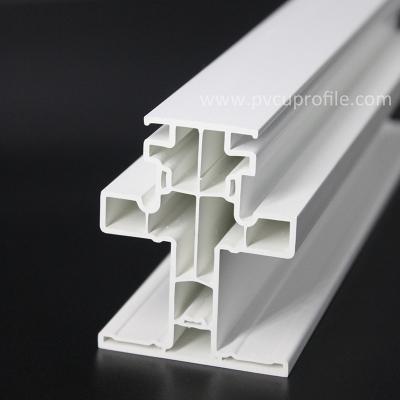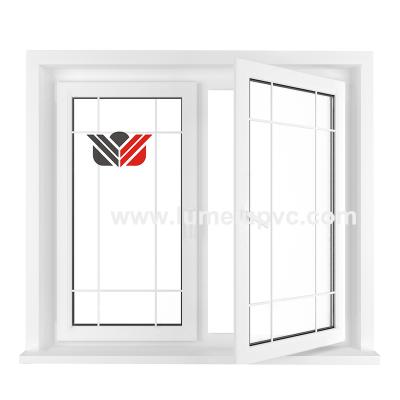Understanding glazing
What is glazing?
Glazing simply means the windows in your home, including both openable and fixed windows, as well as doors with glass and skylights.
Why is glazing important?
Glazing lets in light and fresh air and offer views that connect interior living spaces with the outdoors. Energy-efficient glazing makes your home more comfortable and dramatically reduces your energy costs.
Glazing is a significant investment in the quality of your home. The cost of glazing and the cost of heating and cooling your home are closely related. An initial investment in energy-efficient windows, skylights and doors can greatly reduce your annual heating and cooling bill. Energy-efficient glazing also reduces the peak heating and cooling load, which can reduce the required size of an air-conditioning system by 30%, leading to further cost savings.
Glazing choices
There are many different types of glass products to choose from.
Single glazing
Single glazing uses a single pane of glass. Single glazing with clear glass is not very efficient when it comes to heat loss or gain. To improve performance, you can use single glazing with a more energy-efficient type of glass such as low emissivity (low-e) glass.
Double or triple glazing (also known as insulated glass units or IGUs), is the combination of 2 or more layers of glass sealed into a frame with a gap between the layers. Multiple layers can be assembled with sealed cavities between each sheet of glass.
Low emissivity glass
Low emissivity glass (commonly known as low-e glass) reduces heat transfer. Low-e glass may be either high or low transmission:
High transmission low-e glass has a coating that allows daylight from the sun to pass into the house to achieve good solar heat gain, but reduces the amount of the long wavelength infrared heat that can escape back through the window.
Low transmission low-e glass has a coating that reduces the amount of solar heat gain while still maintaining good levels of visible light transmission.
Toned glass
Toned glass has colouring additives included during manufacture. It is available in various colours, usually bronze, grey, blue and green. Different colours will change the amount of visible light transmitted (VLT) and the SHGC; however, the colours do not change the conduction (U value) of the glass.
Laminated glass
Standard glass will readily break into long shards and small sharp slivers. Laminated glass has a plastic glazing layer, called an interlayer, which is adhered permanently between 2 sheets of standard glass. This reduces the danger of the glass breaking, and if it does break, keeps all shards in place so they do not form loose dangerous shards.
Related Products
Submitted successfully
We will contact you as soon as possible






